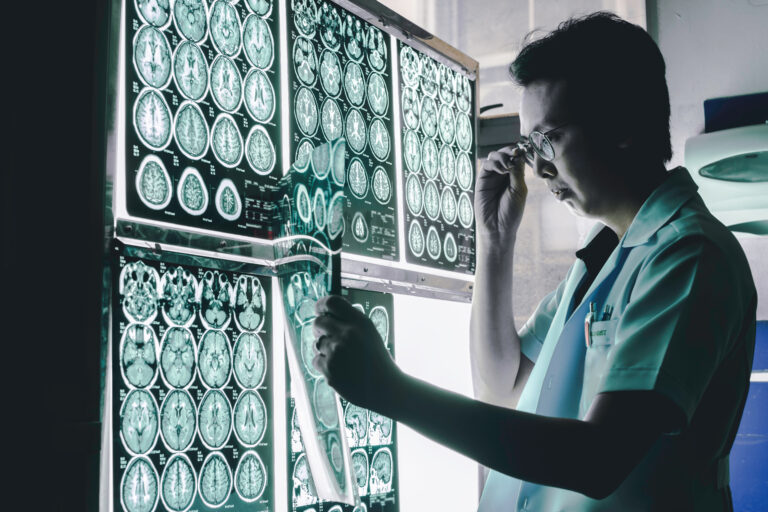### Assessing the Potential of Bioconjugate Therapies in Alzheimer’s Disease
Alzheimer’s disease is a complex and progressive condition that affects the brain, leading to memory loss, cognitive decline, and eventually, severe dementia. Despite significant research, there is still no cure for Alzheimer’s, and current treatments only manage symptoms. However, scientists are exploring new approaches, including bioconjugate therapies, to combat this disease.
#### What Are Bioconjugate Therapies?
Bioconjugate therapies involve attaching molecules to other substances to enhance their effectiveness. In the context of Alzheimer’s, these therapies aim to deliver therapeutic agents directly to the brain, where they can target specific problems caused by the disease.
#### Delivering Therapeutics Across the Blood-Brain Barrier
One of the biggest challenges in treating Alzheimer’s is getting therapeutic agents past the blood-brain barrier (BBB). The BBB is a protective layer that prevents many substances from entering the brain. Researchers have been working on techniques to bypass this barrier, such as using stapled peptides or peptide shuttles. These methods involve attaching therapeutic agents to peptides that can cross the BBB, allowing them to reach the brain where they are needed[3].
#### Targeting Protein Aggregates
Alzheimer’s is characterized by the accumulation of protein aggregates, particularly tau and amyloid-beta. These aggregates are toxic to brain cells and contribute to cognitive decline. Bioconjugate therapies aim to eliminate these aggregates by delivering molecules that can break them down or prevent their formation.
#### Interleukin-3 and Manganese-Doped Prussian Blue Nanoparticles
A recent study has shown promising results using interleukin-3 (IL-3) loaded porous manganese (Mn 2+)-doped Prussian blue nanoparticles (NPs). These nanoparticles were coated with dopaminergic neuronal cell membranes and were able to traverse the BBB, targeting the brain effectively. The IL-3 released by these nanoparticles activated microglia, which are immune cells in the brain, causing them to switch from a pro-inflammatory state to an anti-inflammatory state. This transition reduced tau accumulation, mediated neurotoxicity, and eliminated tau aggregates, thereby reversing cognitive impairment in Alzheimer’s mice[1].
#### Lanthanide-Tetrazine Probes
Another approach involves using lanthanide-tetrazine probes for bio-imaging and click chemistry. These probes can be attached to peptides that can cross the BBB, allowing MRI agents to be delivered directly to the brain. The lanthanide complexes show higher relaxivities than the clinical standard, making them more effective for imaging. Additionally, they exhibit phosphorescence, which can be useful for tracking the delivery of therapeutic agents[3].
#### Machine Learning and Virtual Screening
While bioconjugate therapies hold great promise, the development of new treatments also involves extensive screening and testing. Machine learning-based drug screening techniques have been developed to optimize this process. These techniques use neural network architectures to identify potential therapeutic agents quickly and efficiently, reducing the time and cost associated with traditional screening methods[4].
### Conclusion
Bioconjugate therapies offer a promising avenue for treating Alzheimer’s disease by delivering therapeutic agents directly to the brain. By targeting protein aggregates and activating microglia, these therapies can reduce neurotoxicity and improve cognitive function. While significant challenges remain, ongoing research in this area holds hope for developing more effective treatments for Alzheimer’s in the future.





